| The tale of
this Luger is intertwined in the end of the war and many characters that
played a part in the termination of the hostilities. To set the stage
U.S. President Franklin D. Roosevelt, British Prime Minister Winston
Churchill, and Soviet Premier Joseph Stalin met at the Yalta Conference
in the Crimea from February 4–11, 1945, during World War Two. At Yalta,
lines of influence were drawn to divide Germany for occupation and
reparations. Reparations were to be paid in surrender of patents,
factories, labor and coal. The military region of Suhl Germany was
the home to many arms makers and represented a major price in both
technology and skilled labor. This region unfortunately fell under
the Soviet boundary of influence. |
|
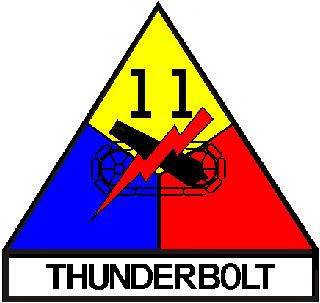 Operational Directive No. 101 was received from Headquarters XII Corps
at 5:30 a.m. on April 4, 1945, designating the limit of Corps Eastern
advance as a Gotha-Suhl line. The 4th Armored Division on the North was
directed to seize and hold Gotha and Ohrdruf. The 26th Infantry Division
assignment was a separate zone between the 4th and 11th Armored
Divisions for clearance. The Thunderbolts were ordered to hold Suhl and
Oberhof, and thereafter to patrol to the East as far as a line from
Grafenroda to Gehren. The Division was also ordered to clear the enemy
from its zone West of the Oberhof-Suhl line and protect Corps right
flank East of Fulda. The Division therefore was stopped short of its
original objective and found its offensive mission had been
substantially completed. Operational Directive No. 101 was received from Headquarters XII Corps
at 5:30 a.m. on April 4, 1945, designating the limit of Corps Eastern
advance as a Gotha-Suhl line. The 4th Armored Division on the North was
directed to seize and hold Gotha and Ohrdruf. The 26th Infantry Division
assignment was a separate zone between the 4th and 11th Armored
Divisions for clearance. The Thunderbolts were ordered to hold Suhl and
Oberhof, and thereafter to patrol to the East as far as a line from
Grafenroda to Gehren. The Division was also ordered to clear the enemy
from its zone West of the Oberhof-Suhl line and protect Corps right
flank East of Fulda. The Division therefore was stopped short of its
original objective and found its offensive mission had been
substantially completed.
|
|
63rd
Armored Infantry Battalion
(CCA)
on April
3rd, 1945 attacked Suhl where the Germans were said to have fought back hard with
anti-tank, bazooka, small arms, and mortar fire. Nazi party and city
officials had fled Suhl, leaving the city to be defended by a hastily
organized Volkssturm (or home guard) of old men and teenage boys. Suhl
quickly fell to the Americans who captured a quantity of ammunition and
equipment plus five military hospitals containing 600 wounded German
soldiers. CCA
had planned its own operation, this being to open a direct lateral route
to the bulk of the Division. This plan was approved at Division
Headquarters with the exception that the forces were not to proceed
further North of Benhausen where contact with elements of CC R was
directed. CC A continued its clearance of Suhl while cavalry and tank
destroyer elements patrolled the Division South flank. The majority of
resistance was met on the outskirts of the town where small arms fire
was met in considerable volume. Volkssturm sniping troops, in civilian
clothes and with no distinguishing armbands, delayed the action to some
extent. |
|
Into all this chaos of war was the discovery of the true prizes of the
war.
It is reported that with the capture of Suhl, Zella-Mehlis, and several surrounding smaller
Thuringia towns, one of the largest munitions industry prizes of the war
fell to the 11th Armored Thunderbolts. Included among them was the famed
Krieghoff and Walther Arms
Works. A capitulation of the arms, armament parts, and materiel seized
in the area included: Pistols, P38—1,600; 7.65mm— 4,600; Signal—598; 22
cal.—325. Sniper rifles and scopes complete—2,210; scopes
incomplete—4,420; rifles partly assembled—1,140; 113 lathes, 97 milling
machines, 41 drill presses, nine punch presses, two hydraulic presses,
and 40 grinders. At least 500 new type enemy carbines and 2,500 Burp
guns with sufficient parts for an additional 5,000 were uncovered at
Suhl. Over a million rounds of small arms ammunition were included. This
material was found in several large plants and over 50 small,
decentralized plants. In addition to weapons, several of these factories
produced parts of robot aircraft. |
|
With the arrival of the Americans there was a respite before the Soviets
would swing south and take over the entire
Thuringia area, capture the remaining works and
disassemble the plants equipment and ship everything of value to the
Soviet Union. They then blew up the factories. The higher command
quickly recognized the skill of the Krieghoff family, manufacturer of
the Luftwaffe machine guns, and the
FG 42 "paratrooper
rifle 42" (German: Fallschirmjägergewehr 42) and other innovative
weapons. |
.jpg)
.jpg)
.jpg)
.jpg)
.jpg)
.jpg)
 Operational Directive No. 101 was received from Headquarters XII Corps
at 5:30 a.m. on April 4, 1945, designating the limit of Corps Eastern
advance as a Gotha-Suhl line. The 4th Armored Division on the North was
directed to seize and hold Gotha and Ohrdruf. The 26th Infantry Division
assignment was a separate zone between the 4th and 11th Armored
Divisions for clearance. The Thunderbolts were ordered to hold Suhl and
Oberhof, and thereafter to patrol to the East as far as a line from
Grafenroda to Gehren. The Division was also ordered to clear the enemy
from its zone West of the Oberhof-Suhl line and protect Corps right
flank East of Fulda. The Division therefore was stopped short of its
original objective and found its offensive mission had been
substantially completed.
Operational Directive No. 101 was received from Headquarters XII Corps
at 5:30 a.m. on April 4, 1945, designating the limit of Corps Eastern
advance as a Gotha-Suhl line. The 4th Armored Division on the North was
directed to seize and hold Gotha and Ohrdruf. The 26th Infantry Division
assignment was a separate zone between the 4th and 11th Armored
Divisions for clearance. The Thunderbolts were ordered to hold Suhl and
Oberhof, and thereafter to patrol to the East as far as a line from
Grafenroda to Gehren. The Division was also ordered to clear the enemy
from its zone West of the Oberhof-Suhl line and protect Corps right
flank East of Fulda. The Division therefore was stopped short of its
original objective and found its offensive mission had been
substantially completed. 
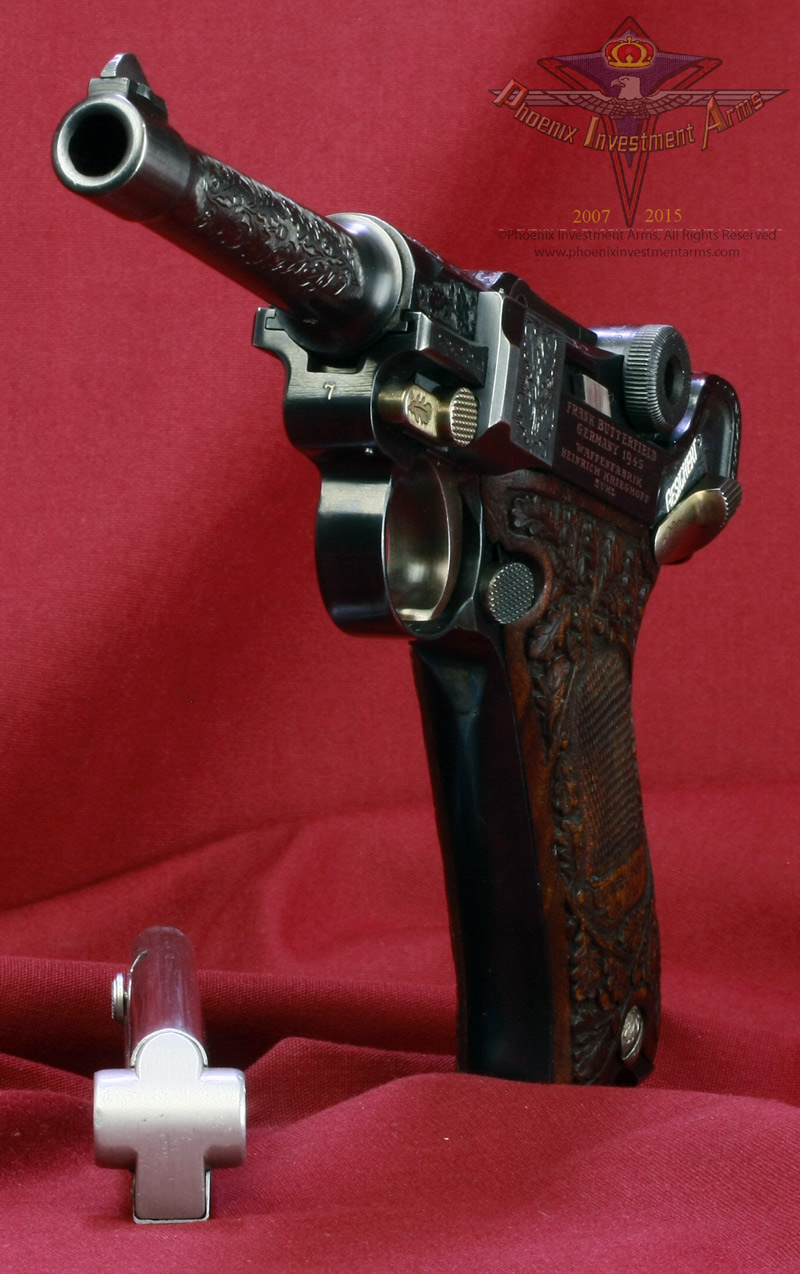
.jpg)
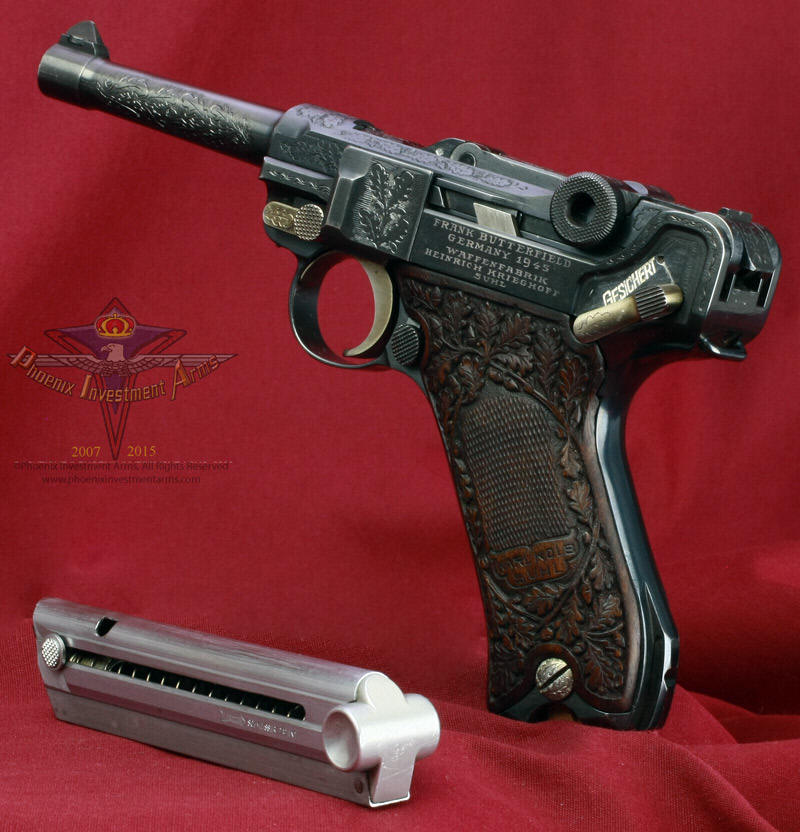

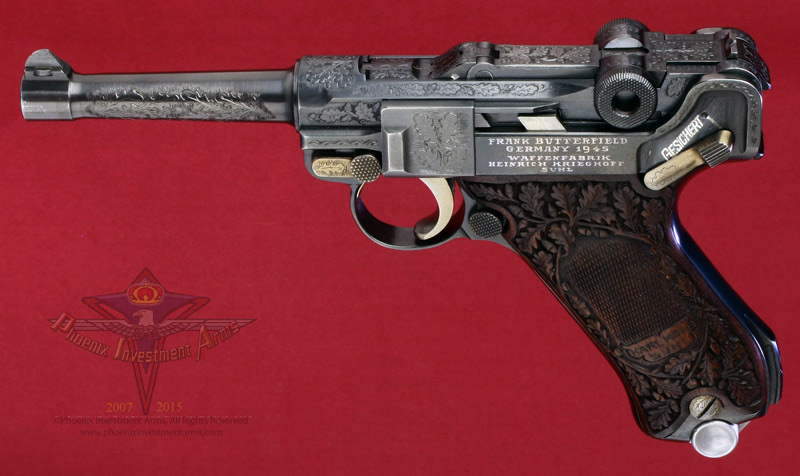
.jpg)
.jpg)
.jpg)
.jpg)
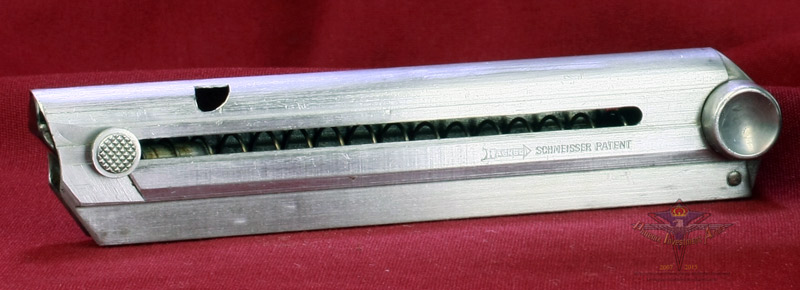
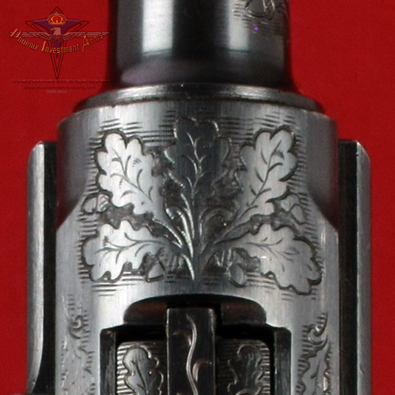
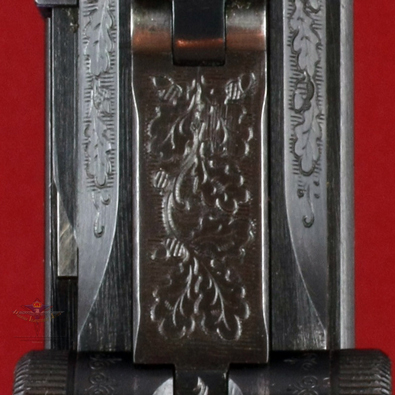

.jpg)
.jpg)
.jpg)


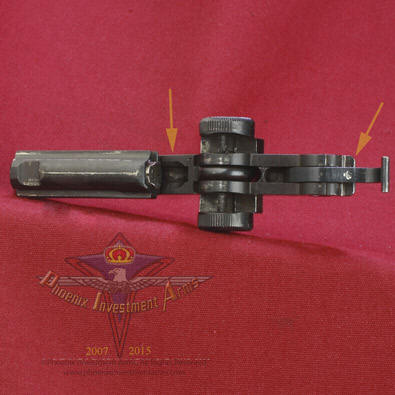

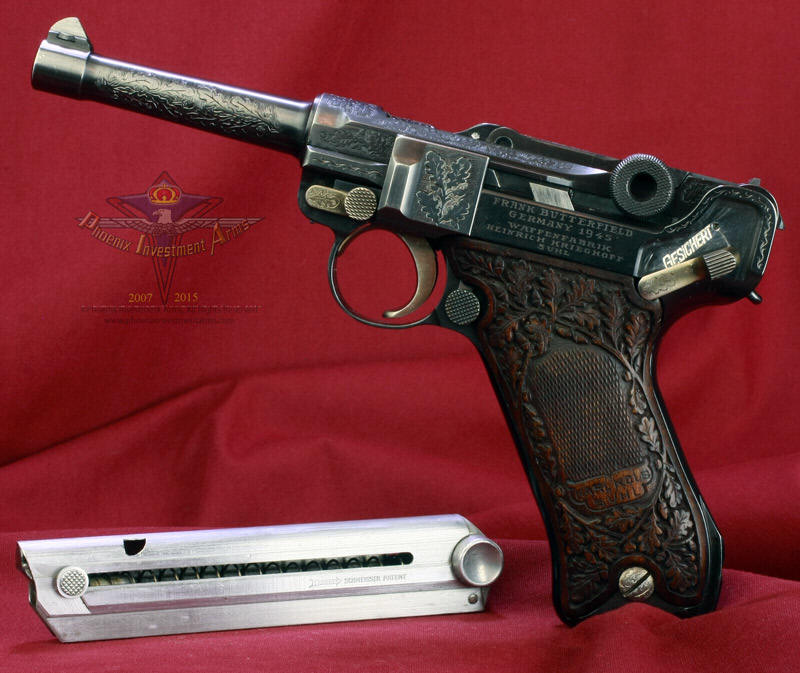
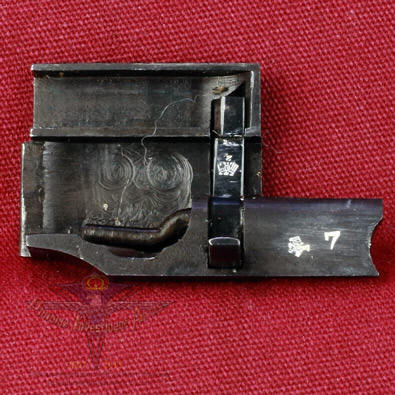
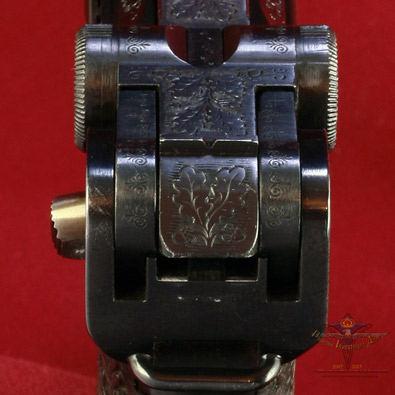
.jpg)
.jpg)
.jpg)
.jpg)
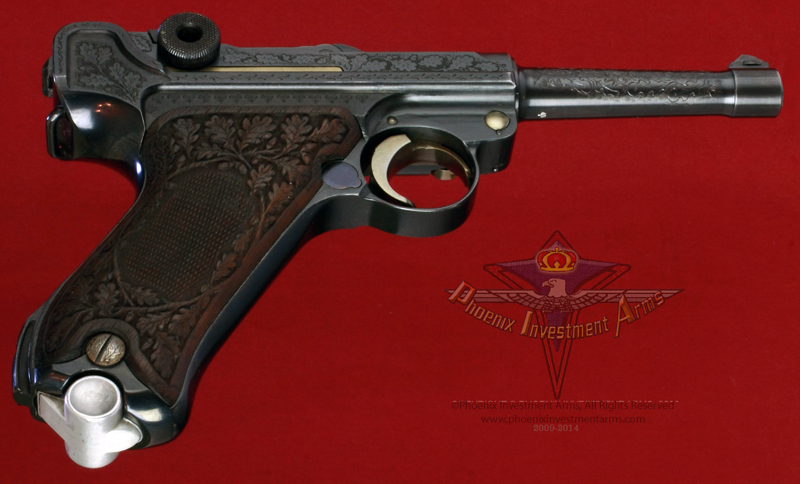
.jpg)
.jpg)
.jpg)
.jpg)
.jpg)
.jpg)
.jpg)
.jpg)
.jpg)
.jpg)

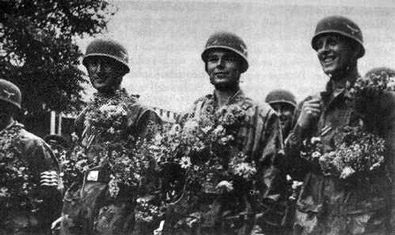
.jpg)
.jpg)
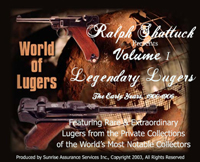 If you
love Lugers, or just want to look at some rare Lugers from private
collections of the of the world's most renowned collectors then check this
out.
If you
love Lugers, or just want to look at some rare Lugers from private
collections of the of the world's most renowned collectors then check this
out.